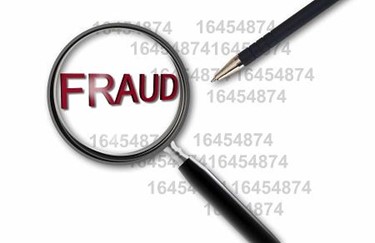New Report Shows AI Has Helped Curb Ecommerce Fraud Overall But Not For Department Stores

By Christine Kern, contributing writer

Fraud losses still account for billions of dollars annually.
While the adoption of machine learning and artificial intelligence has helped to curb the overall occurrence of ecommerce fraud, department stores have not fared so well, according to PYMNTS. According to the Q1 2017 Global Fraud Index, ecommerce fraud has continued to decline across the board since Q1 2016, except for in two industries – Department Stores and Jewelry and Precious Metals.
PYMTS explains that the use of machine learning solutions have raised the bar against cybercrime by providing better screening techniques than previous solutions that relied on static rules to distinguish between real and fraudulent orders. In fact, total fraud saw a 34.7 percent decrease between Q1 2016 to Q1 2017, a substantial difference. Despite the improvement, fraud losses still account for some $48.2 billion dollars, and perhaps even more due to transactions incorrectly declined because of fear of fraud.
According to Experian, ecommerce fraud rates spiked 33 percent in 2016 compared to 2015 rates, with 70 percent of ecommerce billing fraud originating in three states -- Florida, California, and New York. Delaware, Oregon, and Florida were among the top-ranked states for billing and shipping ecommerce fraud in 2016, with Oregon and Delaware both seeing an increase in ecommerce billing fraud attacks of over 200 percent.
And data breaches were a large component in this rise in ecommerce fraud. There were 1,093 data breaches in 2016, a 40 percent increase over 2015, according to the Identity Theft Resource Center.
The quarterly index is a collaborative effort by PYMNTS and Signifyd, and it monitors fraud attempts across more than 5,000 global e-commerce merchant web sites, and reviews eight main sector, including: alcohol, tobacco and cannabis; apparel; consumer electronics; cosmetics and perfumes; department stores; furniture, appliance and home improvements; health, leisure and hobbies; jewelry and precious metals. Fraud in each industry is examined across three key categories: Friendly Fraud, Account Takeover and Stolen Financials.
